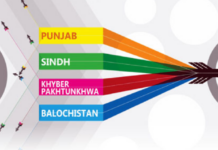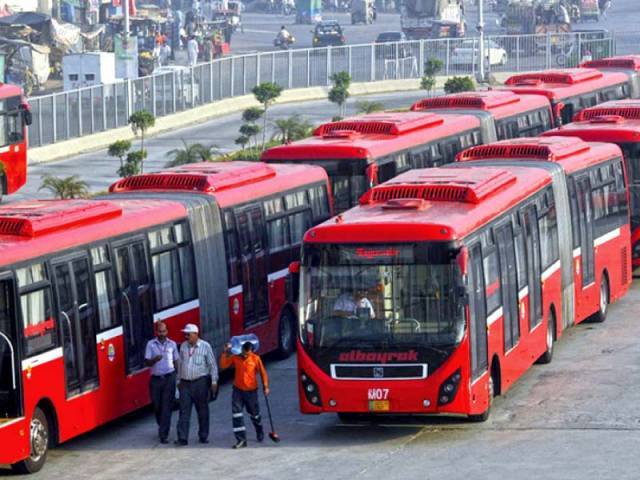The federal government’s decision to reduce the Metro Bus fare from Rs. 100 back to Rs. 50 has brought immediate relief to thousands of commuters in Islamabad and Rawalpindi. The rollback, announced on June 5 after mounting public pressure and intervention from the Prime Minister, was widely applauded. Yet, the move has reignited a deeper debate over how to balance affordability with the financial sustainability of quality public transport.
The Capital Development Authority (CDA) had originally justified the 100% fare hike, citing rising fuel and maintenance costs. Officials stressed that the fare increase was meant to preserve the Metro’s service standards—including air-conditioned buses, cleanliness, punctuality, and reliability—that many view as superior to other public transport options.
However, the sudden price hike drew widespread criticism from vulnerable groups such as students, senior citizens, and daily-wage earners. “I spend Rs. 3,000 a month just commuting to work,” said Ghulam Abbas, a construction worker. “That’s a major hit to my grocery budget.” School student Asma also shared her struggle, saying she considered skipping lunch to manage travel expenses.
The fare hike quickly became a flashpoint, prompting the government to restore the previous Rs. 50 fare. While welcomed by commuters, the reversal has left transport planners and Metro staff grappling with new challenges.
Zahid Khan, a Metro driver, shared frustrations from the frontline: “The fare change came overnight. We didn’t get more pay, and now we’re blamed when people are angry about delays or overcrowding.”
Experts argue that the abrupt hike—and subsequent rollback—could have been handled more strategically. A senior urban transport planner suggested that a phased approach, such as a Rs. 10–20 increase every quarter, would have been more manageable for passengers and financially sustainable for the system.
There are growing concerns that without a structured fare adjustment plan, the Metro may face funding shortfalls. This could compromise the upkeep of buses, delay future improvements, or strain services. Riders are already questioning whether service quality can be maintained under the current financial model.
Some, like senior citizen Rukhsana Bibi, are calling for targeted solutions. “There should be discount passes for students, pensioners, and workers,” she said. “Others who can afford it should pay a bit more.”
Regular commuters such as Raziq Ali, who travels from Jinnah Garden to G-7, and Hasnain Raza, who commutes from Gulberg Greens, agree that Metro remains a vital and comfortable option. But they warn that a sudden doubling of fares could push many toward motorcycles, which, while cheaper, present safety and weather-related challenges.
“For now, the Metro remains a lifeline,” said Hasnain Raza. “But to keep it that way, authorities need to rethink fare policy not just for immediate relief, but for long-term viability.”
Transport experts recommend a gradual fare adjustment aligned with inflation, fuel prices, and service quality improvements. Such a strategy would help maintain service standards, ensure fair wages for staff, and reduce the risk of shifting commuters back to private transport—thus easing traffic congestion and fuel demand.
Ultimately, a transparent and consultative approach to fare setting may be key to preserving Metro Bus as a dependable, accessible public service for the long term.























